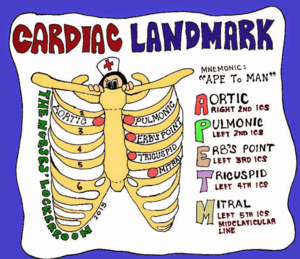14089373
Chronic Bronchitis
Resumo de Recurso
| Questão | Responda |
| Bronchitis is... | An acute or chronic inflammation of the bronchi |
| What is the prevalence of COPD | 530,000 Australian approx. |
| What are three risk factors | > 35 smoker obese |
| What are the most common causes for acute/chronic bronchitis | acute: viral/bacterial infections chronic: cigarette smoke or other inhaled pathogen |
| The pathophysiology behind bronchitis... | Irritants trigger a chronic inflammatory response in the bronchi - leads to vasodilation, congestion and oedema of the bronchial mucosa. Goblet cells increase in size and mucus glands increase in number = thick tenacious mucus produced in increasing amounts Changes to bronchial squamous cells impair the ability to clear mucus The combination of thickened and increased mucus production and inflammation narrows the airways causing obstruction of airflow. This causes an imbalance in ventilation & perfusion = hypoxaemia, hypercapnia & eventually pulmonary hypertension |
| Symptoms | - Productive mucopurulent cough lasting > 3 months + over 2 years - Breathlessness on exertion - Recurrent chest infections - May display symptoms of right-sided heart failure |
| Resp assessment & vital signs? | Resp assess: wheezing and rhonchi sounds SpO2 = may be < 95% RR may be > 20 BP may be ^ due to pulmonary HTN HR may be increased |
| Rhonchi sounds | continuous low pitched, rattling lung sounds that often resemble snoring |
| What other tests may be performed & what might they indicate | RFTs may indicate v lung capacity FBE - may indicate ^ RBC and haematocrit due to chronic hypoxaemia leading to inc. RBC synthesis ABGs may indicate hypercapnia, hypoxaemia & respiratory acidosis |
| Medications? | Salbutamol - fast acting relief Ipratropium Bromide - long lasting anticholinergic agent |
Quer criar seus próprios Flashcards gratuitos com GoConqr? Saiba mais.

